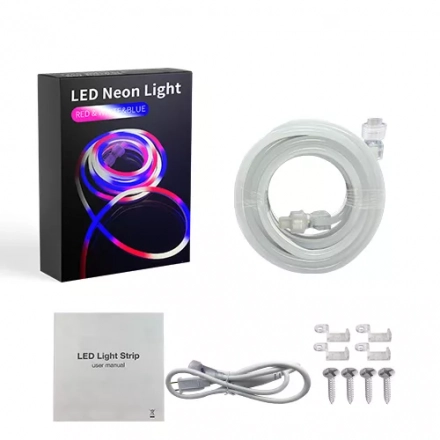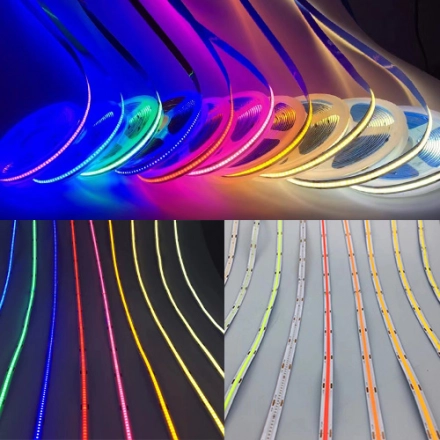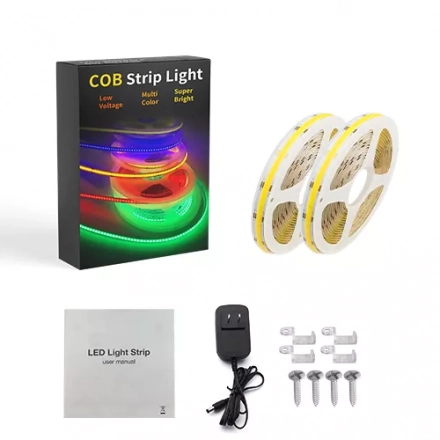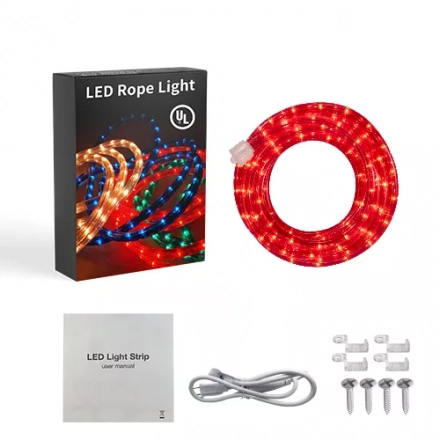Introduction to the Key Features of Addressable LED
Addressable LED lighting has gained popularity in recent years for its ability to create stunning visual effects and dynamic lighting displays. With individual LEDs that can be controlled independently, addressable LED technology offers a wide range of possibilities for creative lighting designs. In this article, we will objectively explore the main features of addressable LEDs and their significance in various applications.
Addressable LED, also known as individually programmable LED or smart LED, consists of tiny light-emitting diodes that can be individually controlled to display different colors, intensities, and patterns. Unlike traditional LED lighting, where all the LEDs in a strip or panel are synchronized and emit the same light, addressable LEDs offer granular control over each individual LED.
One of the primary features of addressable LEDs is their versatility. With the ability to program each LED independently, users can create intricate lighting effects, such as flowing gradients, chasing patterns, and even animations. This flexibility allows designers and lighting enthusiasts to unleash their creativity and design captivating visual displays.
Another notable feature of addressable LEDs is their scalability. Addressable LED strips or panels can be easily extended or trimmed to fit various lengths, making them suitable for both small-scale and large-scale installations. This scalability makes addressable LEDs ideal for applications ranging from home decor and ambient lighting to stage shows and architectural lighting.
Addressable LED technology also offers precise control over color and brightness. By adjusting the red, green, and blue (RGB) values of each LED, users can create a virtually unlimited color palette. Additionally, the ability to control brightness levels allows for dynamic lighting effects that can enhance the atmosphere of any environment.
One significant advantage of addressable LEDs is their compatibility with various control protocols. Common protocols include the popular WS2812B, APA102, and SK6812, among others. These protocols enable seamless integration with different hardware and software platforms, making it easier for users to implement addressable LED solutions in their projects.
In terms of applications, addressable LEDs find use in a wide range of industries. They are extensively used in entertainment and stage lighting, where their dynamic effects can create captivating visual experiences. Architectural lighting also benefits from addressable LEDs, as they can transform buildings and structures into vibrant and interactive installations. Furthermore, addressable LEDs have gained popularity in home decor, allowing users to create personalized lighting scenes and ambiance.






